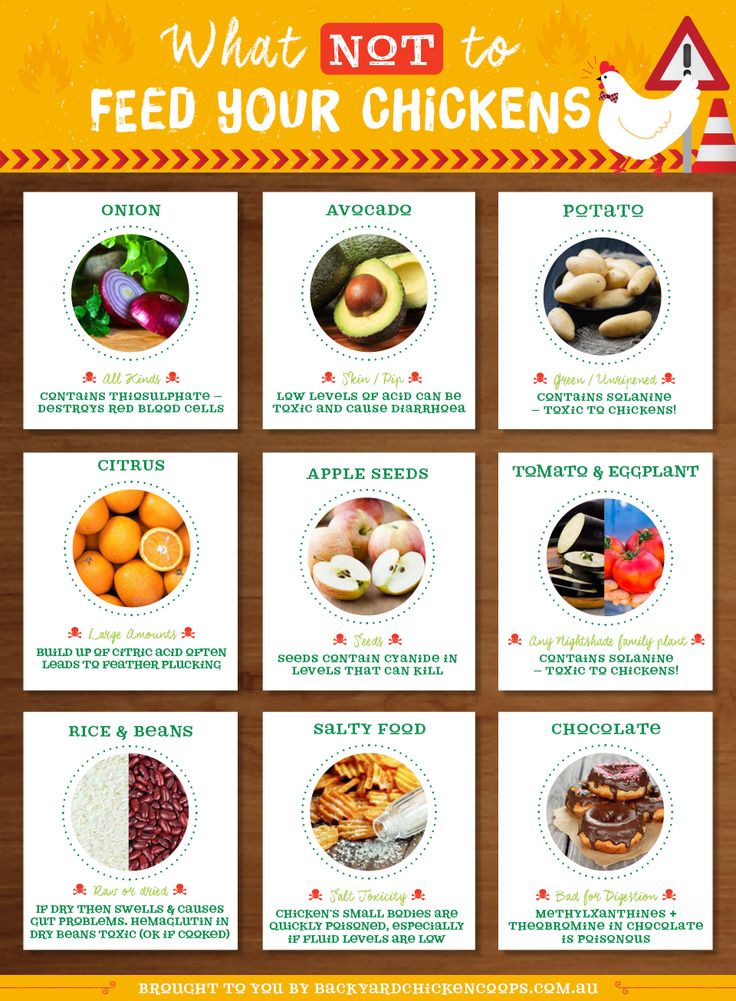Baby food causing diaper rash
Baby Bottoms 101: Diet & Diaper Rash
Diaper rash is one of those pesky problems every mom wants to avoid, because angry red bumps or an ugly rash on your baby’s diaper area is not something mama wants to see. But despite your best efforts, diaper rash happens.
Now what? Well, you’re a mom, so you can definitely handle it. But what’s the best way?
How do you get rid of diaper rash quickly, so you can get back to funny faces, gummy grins, happy diaper changes and giggles?
Buh-bye with Boudreaux’s Butt Paste®When you spot diaper rash, your first line of defense is to use Boudreaux’s Butt Paste®. It eases symptoms and helps treat and protect baby’s sensitive skin. For fast results, try Maximum Strength Boudreaux’s Butt Paste®, because it’s clinically shown to provide immediate soothing relief from rash discomfort. Moms also say they noticed visible improvements of some of the worst symptoms of diaper rash in as little as three hours.
You can make changes to your baby’s diet that will help ease diaper rash. Certain types of food can aggravate her already sensitive skin and actually make diaper rash symptoms worse. Acidic foods are often to blame for making diaper rash worse. Foods high in fat and sugar can also be problematic. On the flip side, starchy foods can help ease diaper rash.
Acidic foods to avoidIf your baby had diaper rash, think about cutting these foods out of her diet until her symptoms improve:
- Citrus fruits and juices
- Tomatoes and tomato-based products (this includes foods like spaghetti sauce)
- Strawberries
- Pineapple
- Grapes
- Raisins
When your baby has diaper rash, the last thing you want to add to the equation is diarrhea or loose stools. Every baby is different, but the following foods tend to trigger diarrhea in babies, so it’s a good idea to avoid them:
- Milk-based formula (cow’s milk)
- Apple juice
- Pear juice
- Cherry juice
- Apricots
- Peaches
- Pears
- Apricots
- Prunes and prune juice
Starches are easy to digest and add bulk to the stool, so that’s why they are A-Okay for baby to eat if she’s struggling with diaper rash symptoms.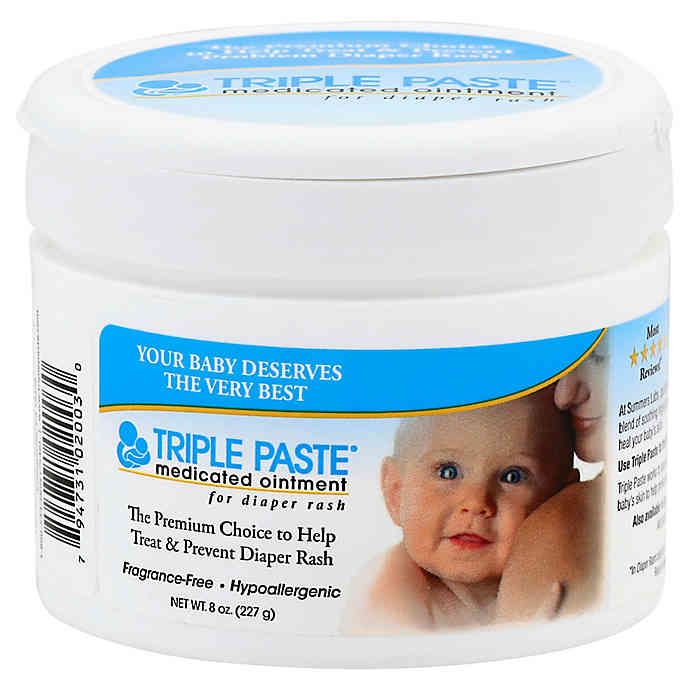 Babies who are eating solid foods can eat pasta and fermented whole grains. Other foods that are easy on diaper rash are chopped up soft-boiled eggs and plain yogurt with probiatics.
Babies who are eating solid foods can eat pasta and fermented whole grains. Other foods that are easy on diaper rash are chopped up soft-boiled eggs and plain yogurt with probiatics.
Remember, baby cereal doesn’t just have to be old-school rice cereal. She can try cereal made from oats, quinoa, brown rice or other whole grains. Other starchy options for baby include the following foods:
- Potatoes
- Rice
- Crackers
- Bread or toast
- Plantain
- Beans or lentils
If your baby has ever suffered from diarrhea, you’ve probably heard of the BRAT diet. This bland, easy-to-digest diet is used to bulk up baby’s stools. Since easing diaper rash symptoms is similar, the B.R.A.T. diet works too. Just remember to ease up on foods that bulk up her diet once her diaper rash symptoms improve, so she doesn’t get constipated.
B. = Banana
R. = Rice
A. = Applesauce
T. = Toast
Moms often refer to Boudreaux’s Butt Paste® as a “miracle ointment” that eases diaper rash within hours. If you’ve had a “Wow, this stuff is magic!” moment with Boudreaux’s Butt Paste®, share your story with us in the comments section on our Facebook page.
If you’ve had a “Wow, this stuff is magic!” moment with Boudreaux’s Butt Paste®, share your story with us in the comments section on our Facebook page.
Are Food Allergies Causing Your Baby’s Diaper Rash? – Cleveland Clinic
The skin is our largest organ. When it’s irritated, it’s almost impossible to ignore.
When it’s our baby’s skin that’s irritated, it’s somehow even worse.
Diaper rash comes in many varieties and has many causes, so it often takes time and experimentation to figure out what’s bedeviling your baby’s bum. If you’ve ruled out the diaper, wipe or — in the case of cloth diapers — laundry detergent as the cause of the irritation, it may be time to look at what your kiddo’s consuming.
Diaper rash vs. allergic reactionFirst things first, let’s get our vocabulary straight. In the vast majority of cases, a child’s diaper rash isn’t the result of a food allergy. It’s the result of an intolerance.
It’s the result of an intolerance.
While a lot of people use the terms “allergy” and “intolerance” interchangeably, they have specific medical definitions.
If a diaper rash is the only symptom you’re seeing, it’s unlikely your child is dealing with a food allergy.
An allergic reaction occurs when your immune system perceives the food you’re eating as a threat. The resulting response can look like a lot of different things, from hives and shortness of breath to full-blown anaphylaxis.
Allergic reactions can be severe and potentially life-threatening. If you think your child has a food allergy, you should get them immediate medical attention.
Advertising Policy
A food intolerance isn’t exactly a barrel of monkeys either, but it also isn’t nearly as serious. “Intolerance” means your digestive system — or in this case, your wee one’s digestive system — can’t properly break a food item down.
Because food intolerances are purely a digestive issue, so, too, are the symptoms.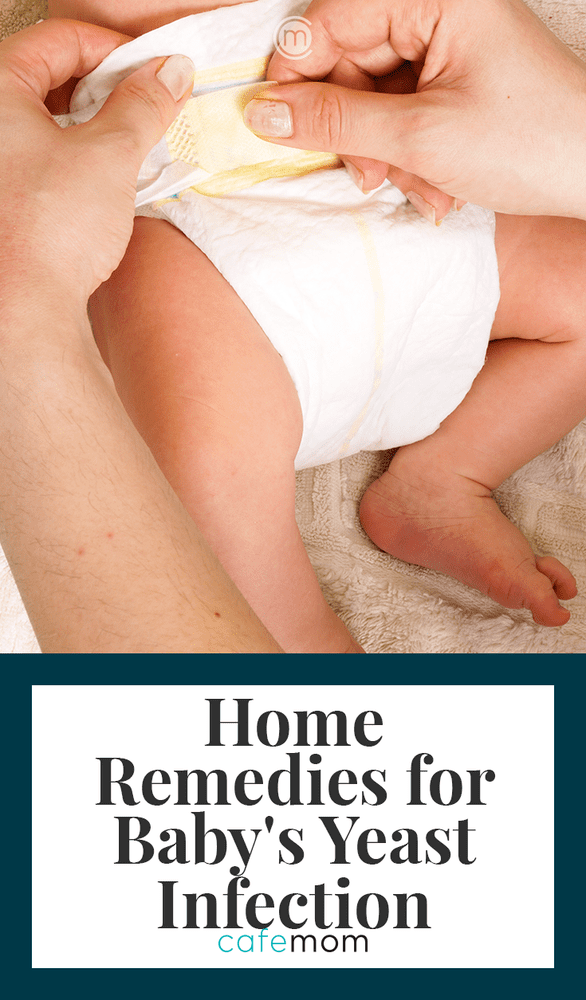 Think diarrhea. It’s not pleasant, but — provided your baby isn’t dehydrated — it’s not an emergency either.
Think diarrhea. It’s not pleasant, but — provided your baby isn’t dehydrated — it’s not an emergency either.
And the transition from breast (or chest) milk (or formula) to solid food is a big one. A few bumps in the road are to be expected, especially if your baby’s an adventurous eater.
According to pediatric allergist Sandra Hong, MD, “If a child has a food intolerance that causes frequent loose bowel movements, it will cause their buttocks to become red and sore, primarily because of the constant cleaning and irritation from frequent diaper changes.”
In addition to monitoring their bowel movements, look out for redness and irritation around your little one’s mouth and anus. That could be a sign that they aren’t quite ready for the newest addition to their menu.
Foods that cause diaper rashAcidic foods can be particularly rough on tiny tummies. Among the most common culprits are:
- Berries, like strawberries and blueberries.
- Tomatoes and tomato-based foods.

- Citrus fruits, like oranges, lemons and limes.
- Tart fruits, like pineapples, plums and peaches.
In other words: If it gives you heartburn, it could give your baby butt burn.
Advertising Policy
That doesn’t mean fruit is off the menu. Apples, bananas, papayas and melons of all types are still fair game.
Tips to avoid diaper rashIf you’ve dealt with traditional diaper rash before, you’re probably already familiar with the basics of treatment and prevention. Dr. Hong reminds us that, whatever the cause of the diaper rash, “good barrier technique and a diaper cream high in zinc can be helpful.”
But how do you prevent diaper rash provoked by a food sensitivity?
You cut the offending food — or foods — from your baby’s diet.
Keep in mind, you’re not robbing your child of pineapple salsa for life. You’re just giving their little bodies time to adjust to solid foods before routinizing items they find particularly challenging.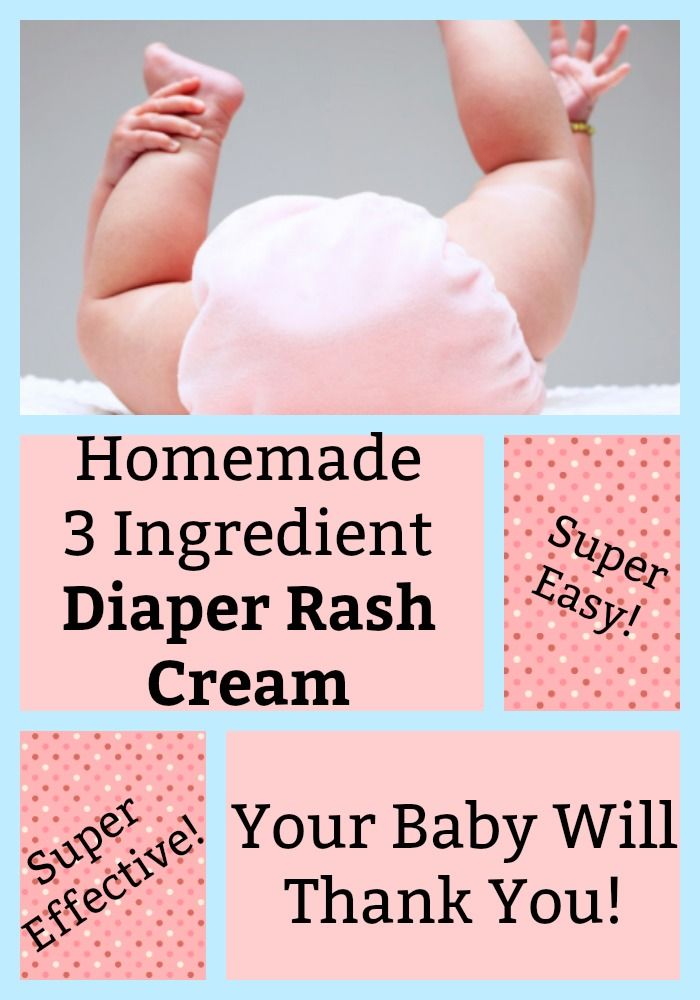
Of course, if your child has a diagnosed food intolerance — like lactose intolerance or gluten sensitivity — you need to feed them accordingly to avoid diarrhea-induced diaper rash.
The bottom lineIf your baby’s bum has seen better days, it’s possible that their diet is to blame. Food intolerances are common during the transition to solid food. Try cutting back — or cutting out — high-acid fruits. You’ll be able to reintroduce them as their digestive system adjusts.
Diaper rash
The skin of babies has a special structure: it is thin, delicate, easily injured, because the blood vessels are located close to the surface. Babies "breathe" with their skin, any overheating causes intense evaporation of the liquid.
Most often, diaper rash develops in children who have been in wet underwear or diapers for a long time. Particularly prone to the appearance of diaper rash are children who suffer from allergies, babies with blond hair and skin - this is due to the structural features of their skin, as well as overweight babies who have endocrine or metabolic processes disrupted. The cause of diaper rash can be overheating, when the mother dresses the baby too warmly and he sweats, as well as a rare change of diapers. In addition, despite their obvious convenience, you should not keep your baby in them all the time - during the day, try to take a break for 1-2 hours.
The cause of diaper rash can be overheating, when the mother dresses the baby too warmly and he sweats, as well as a rare change of diapers. In addition, despite their obvious convenience, you should not keep your baby in them all the time - during the day, try to take a break for 1-2 hours.
If redness occurs along the line of the diaper, this indicates the development of diaper or contact dermatitis. Diaper rash in this case is a skin reaction to one of the diaper materials, so try changing the diaper manufacturer. Quite often, fungi that are contained in the external environment get on diaper rash, resulting in fungal infections. Most often they occur in children with allergies. A symptom of infection is the appearance on the skin of reddish oval or round spots with fringed edges or a rash with white pustules (other microbes join the fungus). The fact that the child's body is affected by a fungus indicates a decrease in immunity, which is why the disease requires special treatment. Along with the chosen therapy, the baby should receive good nutrition, vitamins in order to increase and strengthen the body's natural defenses. Fungal infections against the background of diaper rash are most often weakened children, whose condition is the result of an unfavorable course of pregnancy, intrauterine infection, birth trauma, and prolonged medication.
Along with the chosen therapy, the baby should receive good nutrition, vitamins in order to increase and strengthen the body's natural defenses. Fungal infections against the background of diaper rash are most often weakened children, whose condition is the result of an unfavorable course of pregnancy, intrauterine infection, birth trauma, and prolonged medication.
What to do?
-
Avoid overheating.
-
Replace synthetic underwear with cotton.
-
Regularly change the diaper, wash the baby after each stool.
-
Take air baths several times a day.
-
Creams, ointments with anti-inflammatory action (based on panthenol, for example) for external use.
-
Antifungal creams (eg clotrimazole).
-
It is possible to reconsider the nutrition of the child with persistent diaper rash or change the brand of diapers.

Consult your doctor, he will tell you which diapers you should use, which diet to choose, determine whether dry mixes are correctly selected, and whether they cause allergies. It is very helpful to keep a food diary. Enter there what foods you have consumed yourself (if you are breastfeeding) and what foods you gave the baby as complementary foods, after which you evaluate and record the condition of the baby's skin.
Sometimes babies with digestive disorders (bloating, frequent flatus, small portions of "sour" stools) also develop persistent diaper rash around the anus. At the same time, the child has a normal temperature and he is safely gaining weight. In this case, it is necessary to exclude enzymatic deficiency, in which there is a deficiency of the lactose enzyme that breaks down milk sugar. This state of the body requires a revision of the regimen and composition of nutrition.
When the baby begins to walk independently, there is a risk of infection with worms. The disease has the following symptoms: persistent diaper rash, itching and scratching around the anus. The culprits for this condition are usually pinworms (a type of worm).
The disease has the following symptoms: persistent diaper rash, itching and scratching around the anus. The culprits for this condition are usually pinworms (a type of worm).
In any case, you can consult a specialist doctor for timely treatment.
Diaper rash in a child. What is diaper rash in a child?
IMPORTANT
The information in this section should not be used for self-diagnosis or self-treatment. In case of pain or other exacerbation of the disease, only the attending physician should prescribe diagnostic tests. For diagnosis and proper treatment, you should contact your doctor.
Diaper rash in a child is a non-infectious inflammation of skin areas exposed to prolonged contact with moisture or friction. Diaper rash in a child is usually localized in the natural folds of the skin, on the buttocks, in the lower abdomen; the degree of their severity can vary from mild hyperemia to weeping areas, cracks, erosion. Diaper rash in a child is recognized by a pediatrician or pediatric dermatologist by appearance and typical localization. Treatment of diaper rash in a child involves frequent diaper changes, herbal and air baths, skin treatment with therapeutic ointments, creams, drying talkers, UVI.
Diaper rash in a child is recognized by a pediatrician or pediatric dermatologist by appearance and typical localization. Treatment of diaper rash in a child involves frequent diaper changes, herbal and air baths, skin treatment with therapeutic ointments, creams, drying talkers, UVI.
- Causes of diaper rash in a child
- Classification of diaper rash in a child
- Symptoms of diaper rash in a child
- Diagnosis and treatment of diaper rash in a child
- Prevention of diaper rash in a child
- Prices for treatment
General
Diaper rash in a child is a local inflammation of the skin due to prolonged irritating contact with secretions (urine, feces), skin secretion products (sweat, sebum), as well as mechanical irritation of contacting wet skin surfaces. Diaper rash is the most common dermatological problem in infants. With diaper rash in a child, expressed to one degree or another, perhaps every mother, without exception, faces, despite the careful care and quality of the children's cosmetics used.
The skin is one of the most vulnerable organs of a newborn. The epidermis in children is thin and loose, easily permeable to infection, and therefore cannot perform a full-fledged protective function. The skin is easily injured at the slightest mechanical impact (swaddling, bathing) and is prone to maceration. That is why, from the first days of life, the skin of babies needs special care and protection, otherwise the appearance of diaper rash in a child is inevitable. Insufficient formation of the water-lipid mantle on the surface of the skin, as well as the imperfection of the cellular and humoral barrier, cause newborns to be highly susceptible to local bacterial infection (pyoderma) and its generalization (sepsis).
Diaper rash in a child
Causes of diaper rash in a child
The main factor in the occurrence of diaper rash is excess moisture on the skin of the child. Prolonged contact of a baby's skin with urine and feces is the most common cause of diaper rash. The irritant effect on the skin is exerted by urine salts, as well as ammonia released during the breakdown of urea. Damaging properties are also possessed by fecal enzymes - lipase and protease; the situation is even more complicated if the child has diarrhea, and the stool becomes acidic. In this case, even a short contact of feces with the skin can lead to diaper rash in the child.
The irritant effect on the skin is exerted by urine salts, as well as ammonia released during the breakdown of urea. Damaging properties are also possessed by fecal enzymes - lipase and protease; the situation is even more complicated if the child has diarrhea, and the stool becomes acidic. In this case, even a short contact of feces with the skin can lead to diaper rash in the child.
Favorable conditions for the development of diaper rash in a child are created with a rare change of diapers, poor drying of the body after bathing or washing, excessive wrapping of newborns, high ambient temperature. The formation of diaper rash in a child can occur due to the constant friction of certain areas of the skin against each other, about diapers, diapers, clothes. That is why diaper rash in a child most often appears in those places where the skin is exposed to prolonged exposure to moisture and mechanical irritation (inguinal-femoral and intergluteal folds, in the lower abdomen, axillary region, etc. ).
).
The appearance of diaper rash may coincide with the introduction of new foods into the baby's diet, antibiotic treatment of a child or a nursing mother. An important factor is the individual characteristics of the newborn: diaper rash often develops in children with light sensitive skin, closely spaced vessels.
The risk group for the occurrence of diaper rash is children with overweight and obesity, allergic reactions, dysbacteriosis, acute intestinal infections, dysmetabolic nephropathy, lactase deficiency, constitutional abnormalities (diathesis), premature babies receiving artificial feeding.
Classification of diaper rash in a child
In pediatrics and pediatric dermatology, several types of diaper rash are distinguished, differing in causes and methods of therapy:
- diaper dermatitis is characterized by the appearance in a child of hyperemia and rashes on areas of the skin in contact with wet diapers (usually on the thighs, buttocks, in the lower abdomen).
 There is no skin irritation in other areas of the skin.
There is no skin irritation in other areas of the skin. - allergic ring is characterized by the formation of extensive red rashes on the buttocks and around the anus. This type of diaper rash is the result of a food allergy when new foods are introduced into the child's diet.
- intertrigo is a disease that affects the skin folds (inguinal, femoral, intergluteal, popliteal, axillary, cervical, elbow folds, etc.). Skin irritation occurs due to the accumulation of moisture in the natural folds of the skin and their constant contact with each other.
- seborrheic eczema has the appearance of a large red spot that captures the lower abdomen, groin, genitals, with clearly defined boundaries. The skin of a child with this type of diaper rash becomes oily, rough and swollen to the touch.
- Candidiasis diaper rash (candidiasis) develops in a child in the event of a fungal infection. It is manifested by reddish spotted rashes, mainly in the genital area.
- impetigo develops when the skin is infected with pyogenic flora (streptococci, staphylococci) and is manifested by the formation of confluent pustules, which then shrink into crusts.
 Rashes with this type of diaper rash in a child are localized mainly on the buttocks.
Rashes with this type of diaper rash in a child are localized mainly on the buttocks.
Symptoms of diaper rash in a child
Taking into account the severity of inflammation of the child's skin, there are 3 degrees of diaper rash:
- I (mild) degree of diaper rash is characterized by slight hyperemia of the skin without wetting and violation of its integrity.
- II (medium) degree of diaper rash is diagnosed when bright red eroded areas with multiple microcracks, sometimes pustular rashes, form on the child's skin.
- III (severe) degree of diaper rash occurs with severe hyperemia, weeping cracks, exfoliation of the epidermis, erosion and ulceration of the skin. At this stage, diaper rash in a child can easily become infected with bacteria or fungi with the development of microbial eczema.
Diaper rash of II-III degree is accompanied by pain, burning, itching, which greatly disturbs the child's well-being, causes him anxiety and crying.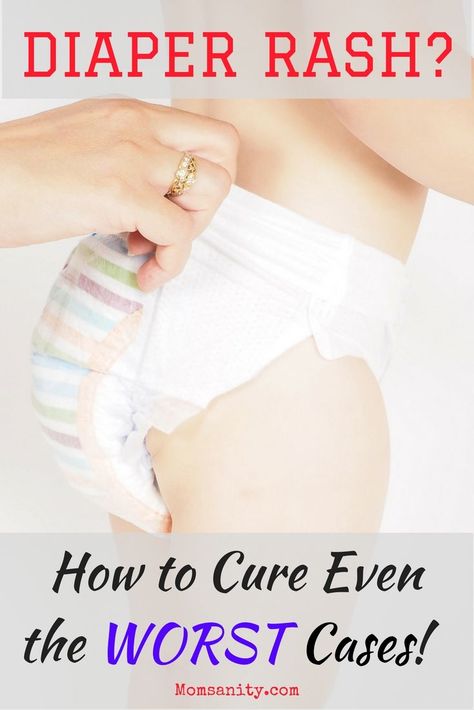 If the diaper rash becomes infected, the child may develop a fever, worsening sleep and appetite.
If the diaper rash becomes infected, the child may develop a fever, worsening sleep and appetite.
Diagnosis and treatment of diaper rash in a child
Usually, diaper rash is recognized based on a visual examination of the child's skin by a pediatrician or pediatric dermatologist. In some cases, especially with a complicated course of diaper rash in a child, a microscopic examination of skin scrapings for fungi is performed, bacteriological seeding of the microflora separated from the lesions. With the allergic nature of diaper rash, it becomes necessary to consult a pediatric allergist.
Features of the treatment of diaper rash in a child depend on the degree of skin irritation. I degree diaper rash in a child usually does not require special medical treatment. It is enough to carefully monitor hygiene, change diapers more often, conduct air baths, use special protective equipment for children's skin. To relieve redness and irritation of the skin, instead of baby cream, you can use ointments with panthenol, benzalkonium, cetrimide. Bathing a child in a weak solution of potassium permanganate, decoctions of herbs (chamomile, oak bark) is recommended.
Bathing a child in a weak solution of potassium permanganate, decoctions of herbs (chamomile, oak bark) is recommended.
If diaper rash of the II degree is diagnosed in a child, in addition to the above measures, the skin is treated with drying "talkers" based on zinc oxide and talc, lubrication with methyluracil, tannin ointment, and ultraviolet irradiation of the skin. In the presence of pustules, the affected areas of the skin are treated with a solution of brilliant green.
If diaper rash in a child develops against the background of allergic diseases or exudative-catarrhal diathesis, desensitizing drugs, hydrocortisone ointment are prescribed.
The most difficult to treat is third-degree diaper rash in a child. With such skin lesions, lotions are applied with solutions of tannin, silver nitrate. After the wetness subsides, zinc paste, synthomycin emulsion, antibacterial ointments are applied.
Prevention of diaper rash in a child
To prevent the appearance of diaper rash in a child, it is necessary to follow the rules of hygienic care for children's skin.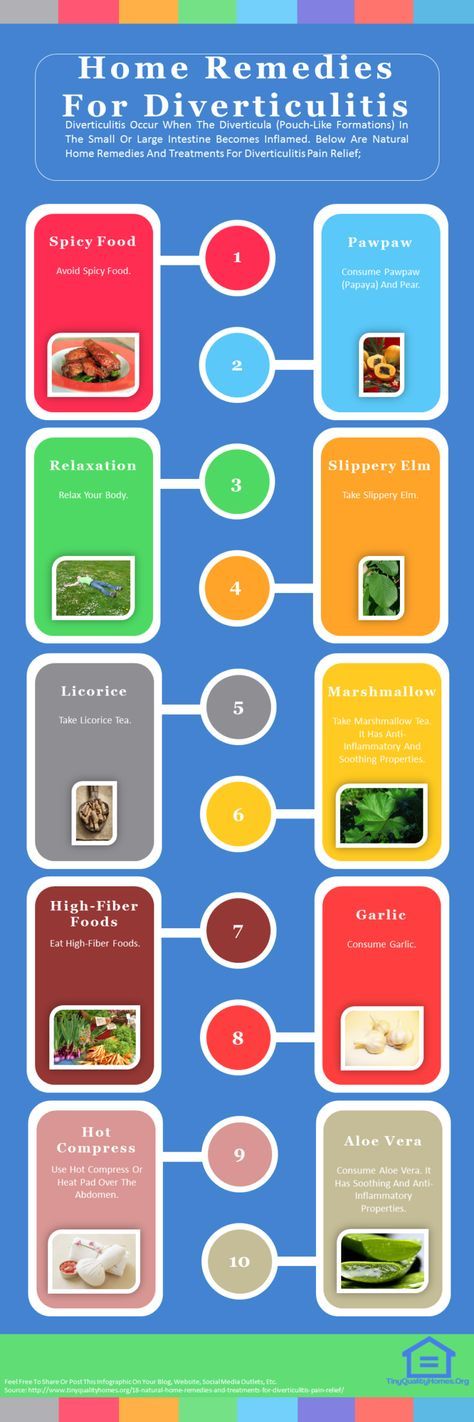 Diaper changes should be done every 3-4 hours and after each bowel movement. Before changing diapers, thoroughly wash the baby or treat the skin with wet baby wipes. After that, it is necessary to thoroughly dry the skin, treat the inguinal, intergluteal, femoral folds with children's cosmetics. Several times a day it is necessary to arrange "air baths" for the child. The baby's clothes and bed linen should be made of natural fabrics in order to pass air well and not cause irritation. Children's clothes should be washed with special hypoallergenic detergents. You should follow the rules for the introduction of complementary foods and carefully monitor the reaction of the child to the introduction of new foods.
Diaper changes should be done every 3-4 hours and after each bowel movement. Before changing diapers, thoroughly wash the baby or treat the skin with wet baby wipes. After that, it is necessary to thoroughly dry the skin, treat the inguinal, intergluteal, femoral folds with children's cosmetics. Several times a day it is necessary to arrange "air baths" for the child. The baby's clothes and bed linen should be made of natural fabrics in order to pass air well and not cause irritation. Children's clothes should be washed with special hypoallergenic detergents. You should follow the rules for the introduction of complementary foods and carefully monitor the reaction of the child to the introduction of new foods.
If diaper rash occurs in a child, it is necessary to immediately begin their treatment. Compliance with the rules of hygiene and skin care of the child will help to quickly cope with diaper rash and prevent the development of complications.
You can share your medical history, what helped you in the treatment of diaper rash in a child.







